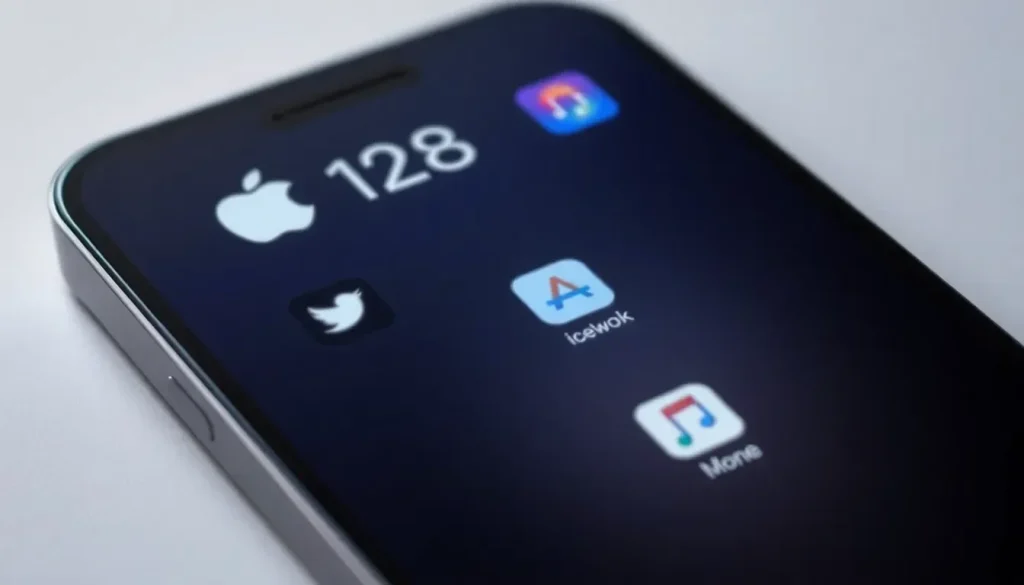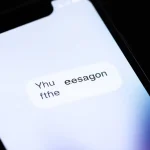ICEBlock App Pulled from App Store Due to DOJ Safety Concerns

The intersection of technology and civil liberties has never been more pronounced than in recent events surrounding the ICEBlock app. This controversial application, designed to track U.S. Immigration and Customs Enforcement (ICE) activity, has sparked a heated debate over safety, legality, and the rights of individuals. As it stands, the removal of ICEBlock from the App Store raises crucial questions about the balance between public safety and freedom of expression.
The removal of ICEBlock has left many wondering about the implications of such actions on the broader landscape of app development and usage. What does this mean for similar applications, and how does it reflect on the relationship between technology companies and government authorities? Let’s delve deeper into the details surrounding ICEBlock, its features, and the legal ramifications of its removal.
What is the ICEBlock app?
ICEBlock was an application created to help users identify and report sightings of ICE agents in their vicinity. Utilizing a crowdsourced approach, it allowed individuals to share information regarding ICE activities, specifically aimed at assisting immigrants and their families in avoiding potential encounters with law enforcement.
The app functioned similarly to other community-driven platforms designed for public safety, such as those reporting potholes or traffic violations. Users could freely input data, contributing to a collective map that highlighted areas where ICE activity was reported.
- **Crowdsourced Information**: Users marked locations of ICE sightings.
- **Safety Guidance**: Provided routes to avoid areas of potential ICE activity.
- **Community Engagement**: Fostered collaboration among users to share crucial safety information.
Is the ICEBlock app legal?
From a legal standpoint, ICEBlock did not operate outside the boundaries of law. It provided a platform for individuals to share their experiences and observations, much like other apps that aggregate public information. However, the controversy arose from concerns that it could lead to potential harm against ICE agents.
Critics, including Attorney General Pam Bondi, argued that the app facilitated a dangerous environment for ICE personnel, suggesting that it could be misused to orchestrate confrontations. Despite these claims, no concrete evidence has been presented to support such allegations.
Concerns over safety and government intervention
The demand for ICEBlock's removal came after the Department of Justice expressed concerns about the safety of ICE agents. Apple, as a corporate entity operating under U.S. law, faced immense pressure to comply with these demands. In a statement, Apple emphasized its commitment to maintaining the App Store as a safe environment for users, leading to the app's withdrawal.
This raises significant questions about the influence of government bodies on private companies and the implications of such actions on the freedom of expression. Apple’s decision reflects a broader trend where technology companies navigate complex legal landscapes while attempting to balance user safety and individual rights.
How does this compare to other app removals?
Apple has previously faced similar situations where it has had to remove apps due to governmental pressure. Cases in authoritarian regimes, such as censorship in China, illustrate a willingness to comply with state demands at the expense of user freedom. In these instances, Apple has limited features or removed apps entirely to avoid conflict with local laws.
- **Censorship Practices**: In countries like China, features are often restricted to comply with local laws.
- **User Safety vs. Freedom of Expression**: The ongoing struggle between maintaining a safe platform and protecting civil liberties.
- **Precedent for Future Actions**: The removal of ICEBlock sets a concerning precedent for future applications that might face similar scrutiny.
Is the ICEBlock app legit?
While the intention behind ICEBlock was to provide a community resource for safety, its legitimacy has been called into question due to the backlash it received. Users argued that the app was a means of empowerment, giving voice to those who felt marginalized or threatened by ICE actions.
However, the narrative promoted by officials highlights a darker interpretation; one which sees the app as a tool for potential violence against agents. This conflicting perspective complicates the app's legitimacy and raises ethical concerns surrounding its use.
Future of the ICEBlock app
As of now, there is no indication that ICEBlock will return to the App Store. The developer has not issued a public statement since the removal, leaving many to speculate about the app's future. Given the current political climate and the ongoing debate over immigration and enforcement actions, the likelihood of a return seems slim.
For users who relied on ICEBlock, alternatives may be limited. The removal of the app leaves a gap in community-driven safety resources, and users may have to seek other platforms or methods to stay informed about ICE activity.
For those interested in further exploring the implications of ICEBlock's removal, a relevant discussion can be found in this video:
As discussions about immigration policies and civil rights continue to evolve, the case of ICEBlock serves as a focal point for understanding how technology, law, and individual rights intersect in contemporary society.




Leave a Reply